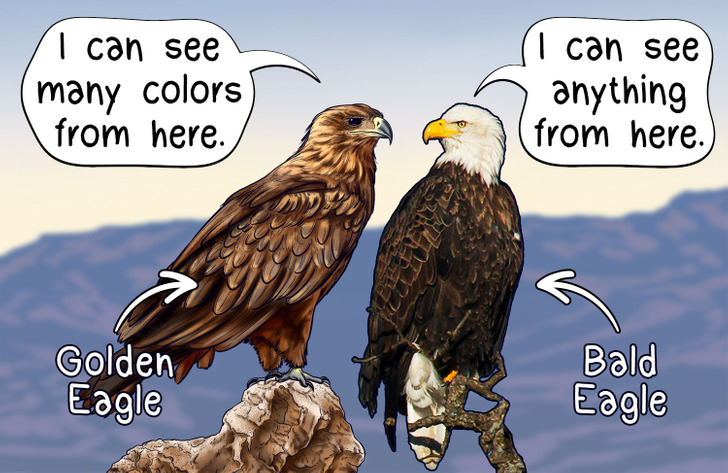7 Animals That Will Always Be Champions

Since childhood, we’ve known that some animals may have better abilities than humans. For instance, cats have highly developed hearing abilities. They can hear a broad range of sounds and high-pitched noises better than us, and some dogs can run incredibly fast.
5-Minute Crafts found out which animals are the champions in their lanes in the animal kingdom. It’s worth noting that until a device is invented to help us understand the animals and how we know each other, accurate data on this topic is unavailable.
1. The champion of the best eyes
You must’ve heard about the ’’eagle eye’’ phrase at some point. This is something people say because eagles are undoubtedly the leaders of this category. There are many different types of eagles, each with different visual abilities. Amongst them, the bald eagle tops the list for having the best distance vision, 7-8 times sharper than humans. Additionally, golden eagles have excellent eyesight; they perceive more colors and have 4-5 times better vision than humans.
2. The champion of the best hearing
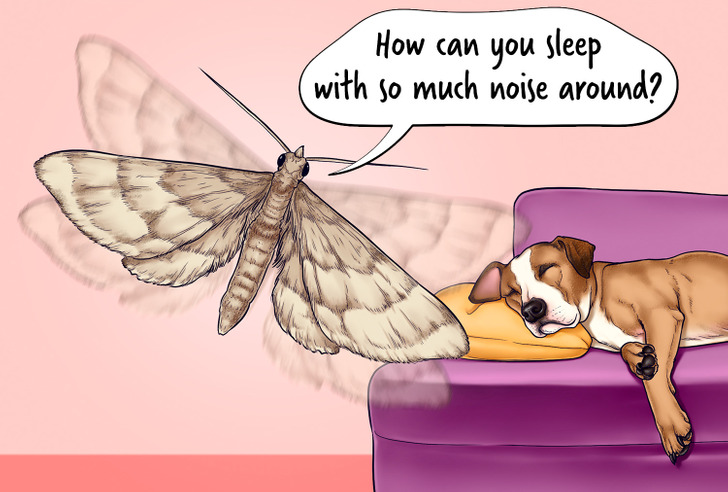
The greater wax moth has the highest frequency of hearing, up to 300 kHz. It can hear frequencies 15 times higher than those perceived by the human ear, exceeding even bats, which can hear up to 250 kHz. In the process of evolution, moths developed good hearing, as they had to learn how to hide from bats.
It’s worth noting that bats use echolocation to hear sounds. In other words, they emit high-frequency sounds that human ears cannot perceive, and they can hear the reflected echoes of these sounds from objects around them. On the other hand, moths’ hearing is sharp enough to listen to these signals and have time to hide.
3. The champion of speed
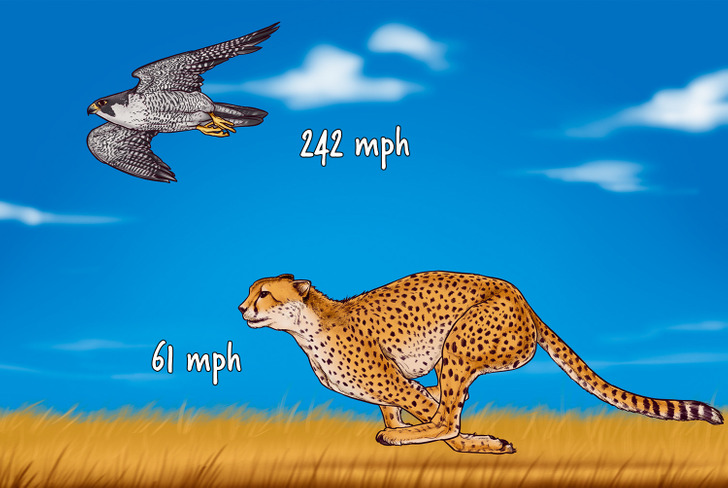
4. The champion of height
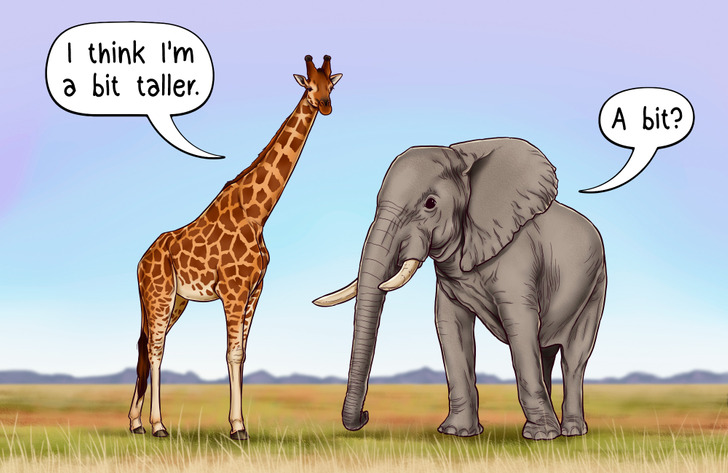
The tallest living animal we know on Earth is the giraffe. Fully grown giraffes stand tall at anywhere from 14.1 feet (4.3 meters) to 18.7 feet (5.7 meters). While they have relatively short bodies, giraffes can reach this height thanks to their long legs and necks. Note that the height of the African bush elephant, the largest animal in the world, is only 13 feet (3.96 meters).
5. The champion of the strongest sense of smell
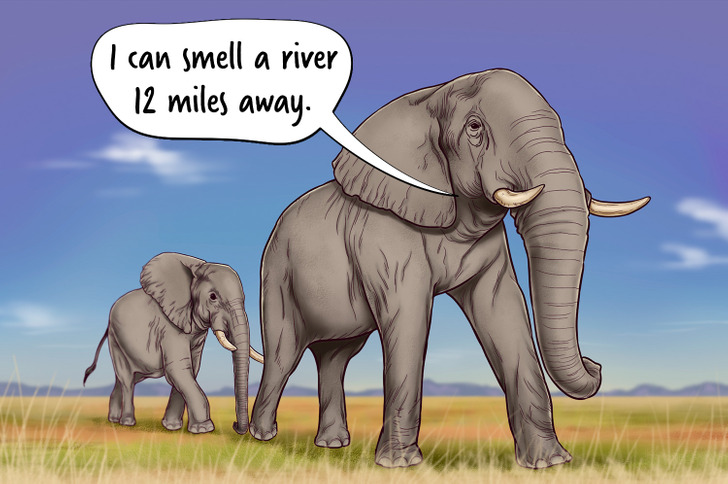
One of the most sensitive noses in the animal kingdom belongs to the African elephant. Scientists have found about 2,000 genes associated with the sense of smell in its genome, and this is 5 times more than in humans and 2 times more than in dogs. Elephants can smell water up to 12 miles (19.3 kilometers) away.
6. The champion of weight-lifting
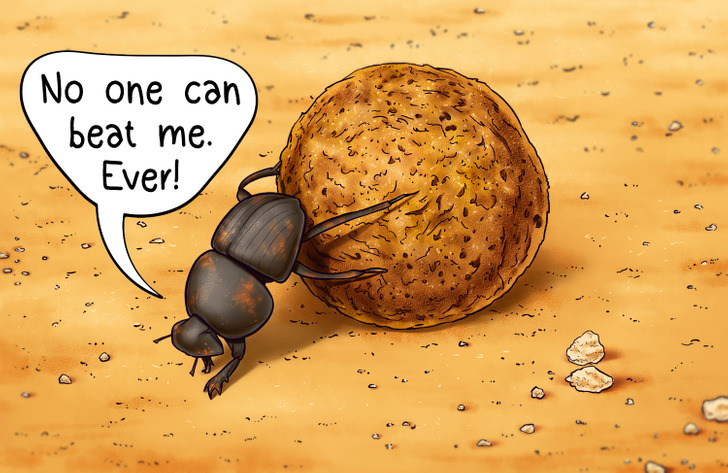
The strength of an animal can be perceived from different points of view. The dung beetle, for example, can lift 1,141 times its body weight compared to a person pulling 6 double-decker buses. The strongest mammal, of course, is still the elephant, as it can pull trees out of the ground with its trunk and carry loads of up to 7 tons, which is equal to the weight of 130 people.
7. The champion of the longest life span
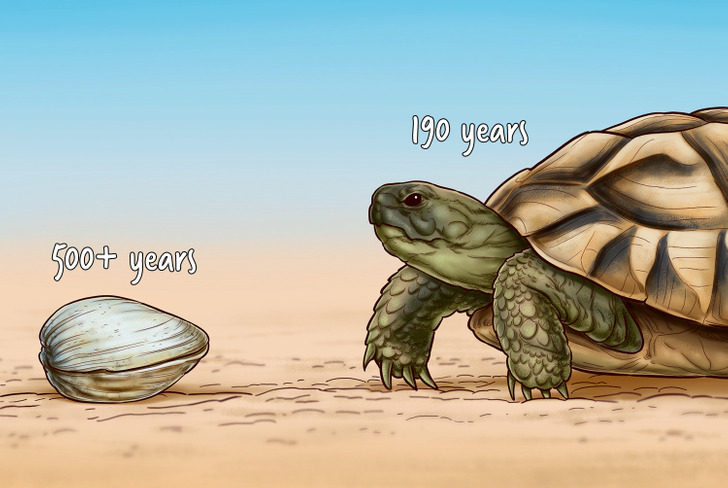
Many people will say without hesitation that tortoises live the longest, yet they would be wrong. One of the oldest animals in the world is the ocean quahog clam, one of which was found off the coast of Iceland in 2006 that lived to be 507 years old. It was nicknamed Ming, born in 1499 when the Ming Dynasty ruled China (from 1368 to 1644). For comparison, one of the oldest tortoises in the world is 190 years old, named Jonathan.
Bonus: one of the best nest-makers, the Cape penduline tit

Cape penduline tits, or southern penduline tits, are one of the smallest species in South Africa at about 3 inches (7.6 centimeters) long. They’re talented in making crafty bag-like nests using sheep’s wool in sheep farming areas. Those nests aren’t like your regular nests; they have a false entrance that opens up to a small chamber to fool their predators. The actual door is located on top of the false one. It closes as soon as the tit enters or leaves the nest.
